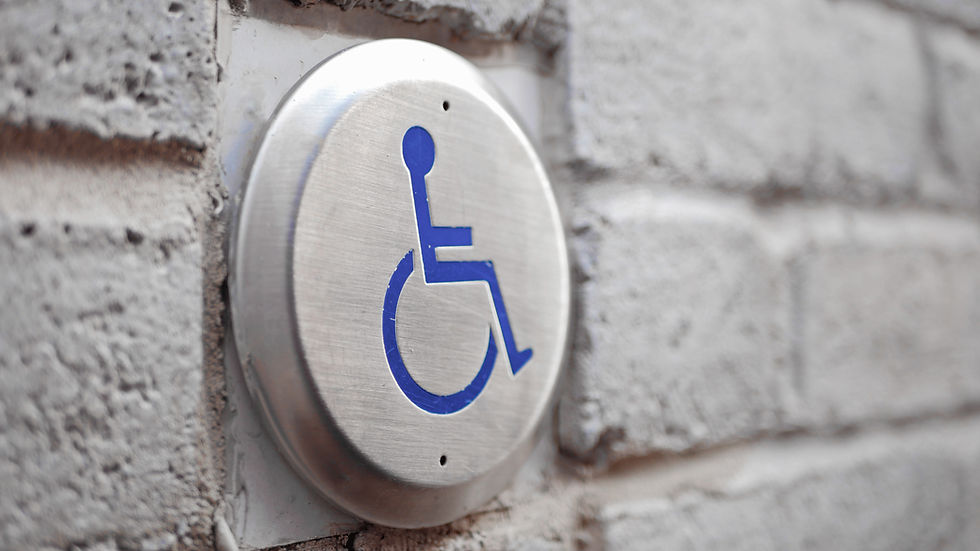Creating Inclusive Experiences: Integrating Accessibility into the UX Process
- Tushar Deshmukh
- May 1, 2023
- 2 min read
Updated: May 16, 2023

"By designing for accessibility, we are not only creating accessible products; we are fostering empathy, understanding, and a more inclusive world for everyone."
Integrating accessibility into the user experience (UX) process is essential to ensure that digital products and services are usable and inclusive for individuals with disabilities. Here are some key steps to incorporate accessibility into the UX process:
Education and Awareness: Ensure that all team members involved in the UX process have a basic understanding of accessibility principles and guidelines. Offer training or workshops to raise awareness about different types of disabilities, common barriers, and best practices for accessibility in design.
Define Accessibility Goals: Include accessibility goals as part of your project's objectives. Identify specific accessibility standards or guidelines to follow, such as the Web Content Accessibility Guidelines (WCAG), and determine the level of compliance you aim to achieve.
Conduct User Research: Include participants with disabilities in your user research to gain insights into their needs, challenges, and preferences. This will help you understand the barriers they encounter and inform design decisions to address their specific requirements.
Accessibility Audits: Conduct regular accessibility audits during the design process to identify any potential barriers or non-compliant elements. Use automated accessibility testing tools to catch common issues, but also perform manual checks to ensure a comprehensive evaluation.
Collaborative Design: Involve accessibility experts, such as UX designers with expertise in accessibility or individuals with disabilities, in the design process. Collaborate with them to identify potential accessibility challenges, brainstorm solutions, and validate design decisions from an accessibility perspective.
Inclusive Prototyping: Create prototypes that demonstrate how accessibility features and interactions will work. Consider keyboard accessibility, alternative text for images, captions for videos, and other accessibility considerations. Test the prototypes with assistive technologies to ensure they function properly.
Iterative User Testing: Include participants with disabilities in usability testing sessions to gather feedback on the accessibility and usability of your designs. Observe how they interact with the product and listen to their suggestions for improvements. Iteratively refine the design based on their feedback.
Document Accessibility Guidelines: Create a set of accessibility guidelines or standards specific to your organization or project. These guidelines should provide clear instructions and examples for developers and designers to follow when implementing accessibility features and ensuring compliance.
Continuous Monitoring and Improvement: Accessibility should not be a one-time consideration. Regularly evaluate and monitor the accessibility of your digital product, even after its launch. Address any reported accessibility issues promptly and ensure that accessibility remains a priority during future updates and enhancements.
By integrating accessibility into the UX process, you can proactively address potential barriers and create inclusive digital experiences that cater to the diverse needs of all users, regardless of their abilities. Remember, accessibility is an ongoing commitment that requires continuous effort and collaboration.
Read another article on accessibility - Accessibility in Design: Creating Inclusive Experiences for All
Article by Mr.Tushar Deshmukh, CEO & Founder UXExpert, Dir. UXUITraining Lab Pvt. Ltd. other services - UXResearch, UXUIHiring, UXTalks, UXTools
UXExpert - is India's top 10 User Experience Service Provider.
UXUITraining Lab Pvt. Ltd. is India's top mentoring and training provider for User Experience
UXTalks Interviews, talk shows, events Live talk show where we discuss about Design



Comments